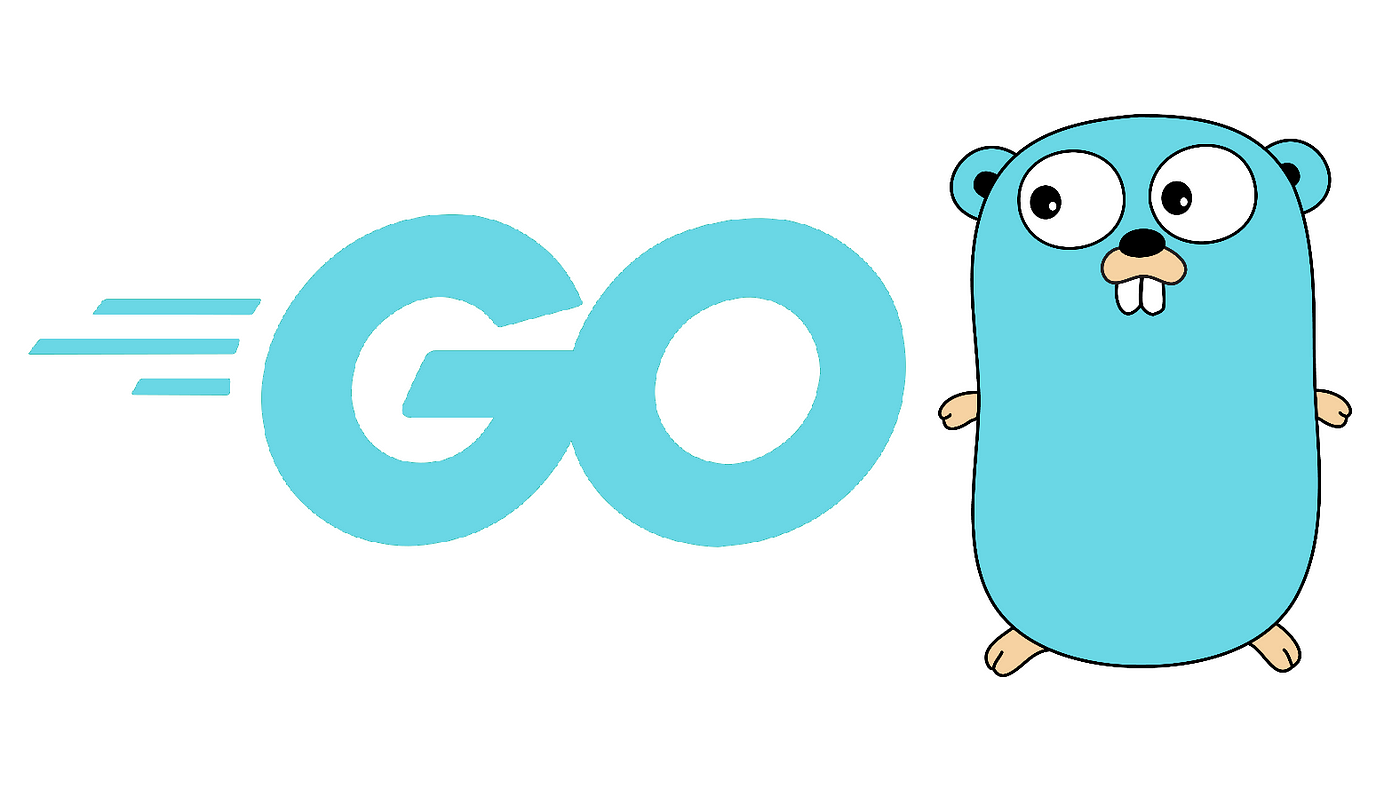- Published on
Introduction to Go Programming : Everything to know

- Name
- Harshit Raj
- linkedin/rharshit82/

Welcome to the world of Go programming, where simplicity, efficiency, and concurrency meet to create a versatile and powerful programming language. Whether you're a newcomer to the programming or an experienced developer looking to expand your toolkit, embarking on a journey with Go, often referred to as Golang, promises to open up exciting possibilities for building modern, high-performance applications.
A Brief History of Go
Go, created by Google engineers Robert Griesemer, Rob Pike, and Ken Thompson, emerged in 2007 as a response to the challenges posed by existing programming languages in a rapidly evolving technology landscape. The need for a language that could address the growing complexity of software development while maintaining performance and simplicity led to the birth of Go.
The primary motivation behind Go's development was to provide a language that could handle modern software development needs, such as scalability, ease of maintenance, and efficient concurrency. It draws inspiration from languages like C and Pascal while incorporating innovative features to meet the demands of the 21st-century programming paradigm.
Simplicity as a Guiding Principle
At the core of Go's design philosophy is simplicity. Go was intentionally created with a minimalistic syntax and a small number of essential concepts. This approach makes the language remarkably readable and reduces the cognitive load on developers. With Go, you'll find yourself writing clean and concise code that is easy to understand and maintain.
package main import "fmt" func main() { fmt.Println("Hello, World!") }
The "Hello, World!" program above demonstrates Go's straightforward syntax. It's worth noting that Go encourages a consistent coding style to enhance readability across projects.
The language creators deliberately left out features that might lead to complexity or confusion, resulting in a language that is both beginner-friendly and a joy to use for experienced programmers. The clean and straightforward syntax of Go not only aids in rapid development but also enhances collaboration within development teams.
Concurrency: A First-Class Citizen
One of the standout features of Go is its innate support for concurrency. In an increasingly connected world, applications must efficiently handle multiple tasks and user requests simultaneously. Go introduces the concept of goroutines, lightweight threads of execution that can be run concurrently. These goroutines are managed by the Go runtime, which efficiently schedules their execution across available processor cores.
Go's concurrency model is complemented by its channel construct, which facilitates communication and synchronization between goroutines. This elegant combination of goroutines and channels simplifies the development of concurrent programs, enabling developers to create highly responsive and efficient applications.
package main import ( "fmt" "sync" ) func main() { var wg sync.WaitGroup wg.Add(2) go func() { defer wg.Done() fmt.Println("Goroutine 1: Hello from the concurrent world!") }() go func() { defer wg.Done() fmt.Println("Goroutine 2: Greetings from the parallel universe!") }() wg.Wait() }
The code snippet above showcases the creation of two goroutines that execute concurrently. The sync.WaitGroup ensures that the main function waits for both goroutines to complete before proceeding.
Performance without Compromise
Go's focus on performance is evident in its compiled nature. While many modern languages rely on interpretation or just-in-time compilation, Go compiles directly to machine code, resulting in applications that run with exceptional speed. This makes Go an excellent choice for applications that require high performance, such as network services, web applications, and microservices.
Go's runtime includes a garbage collector optimized for minimizing latency, ensuring that your applications maintain responsiveness even during memory management processes. This emphasis on performance without sacrificing developer productivity is a key factor in Go's growing popularity.
Versatility and Cross-Platform Compatibility
Go's portability across different operating systems and architectures is a significant advantage. Whether you're targeting Windows, Linux, macOS, or even less common platforms, Go's robust tooling and standard library ensure that your code runs consistently. This cross-platform compatibility simplifies the deployment of applications and reduces the challenges associated with targeting various environments.
Go's Role in Modern Development
Go's combination of simplicity, efficiency, and concurrency makes it particularly well-suited for modern software development challenges. It excels in scenarios where performance, scalability, and rapid development are crucial. Some areas where Go shines include:
Web Development
Go is a popular choice for building web applications and APIs. Its efficiency and speed make it ideal for creating high-performance web servers. Additionally, the standard library's support for networking and web-related tasks simplifies the development of robust web applications.
Cloud Services and Microservices
The world of cloud computing and microservices architecture demands applications that can scale dynamically and handle a large number of requests. Go's concurrency capabilities make it an excellent fit for designing distributed and scalable systems.
Network Programming
Go's built-in networking capabilities and low-level access to network protocols make it a powerful tool for network programming. This is particularly valuable for building networked applications, such as proxies, load balancers, and network servers.
System Programming
Go's ability to produce efficient compiled binaries makes it suitable for system programming. Whether you're building operating system components, device drivers, or other system-level software, Go's performance and portability are advantageous.
Wrapping Up
Jumping into the Go programming world? Well, you're in for a treat. This isn't just any old programming language – Go (or Golang, as some call it) blends grace, speed, and adaptability like no other. Whether you're sketching out a new web app, architecting complex distributed systems, or just nerding out on system-level programming, Go's got your back with its intuitive design and great performance.
Up next in our guide, we'll go deeper—way deeper—into all the Go goodness. We're talking the nitty-gritty like syntax, data types, and oh, the sheer brilliance of its concurrency features. By the end of it, you'll see precisely why Go stands out in the crowded world of programming languages.